Nestled in Lower Manhattan, a vibrant community known as Little Syria thrived in the 1910s. This bustling neighborhood became a haven for immigrants from the Ottoman Empire, primarily Syria and Lebanon. Today, it exists only in memory, but its impact on New York City’s cultural landscape is undeniable.
Walking through Little Syria was a sensory experience. The air was filled with the aroma of spices and freshly baked bread from the numerous bakeries and food stalls. Vendors sold traditional Middle Eastern goods, from textiles and jewelry to exotic fruits and vegetables. Arabic script adorned shop windows, and the sounds of Arabic music and conversation filled the streets.
The neighborhood attracted a vibrant mix of intellectuals, artists, and writers. Coffeehouses, like the famed Café Najjar, served as meeting places for poets, journalists, and political activists. Here, they debated current events, shared their creative works, and envisioned a better future for their homeland.
Read more
Little Syria was a hub of intellectual activity, with several Arabic-language newspapers published in the neighborhood. These newspapers, like Al-Hoda and Meraat-ul-Gharb, played a crucial role in informing and connecting the community. They covered news from the Middle East, reported on local events, and provided a platform for political and social commentary.
Life in Little Syria was not without its challenges. Immigrants faced discrimination and prejudice from the wider American society. Many struggled to find work and adapt to a new language and culture. Despite these obstacles, the community persevered, building a vibrant and thriving neighborhood.
Many immigrants started their own businesses, opening shops, restaurants, and import-export firms. These businesses not only provided livelihoods for their owners but also contributed to the economic vitality of the neighborhood.
By the late 1920s, Little Syria began to decline. The construction of the Brooklyn-Battery Tunnel displaced many residents and businesses. Additionally, many immigrants had moved up the socioeconomic ladder and relocated to other parts of the city.


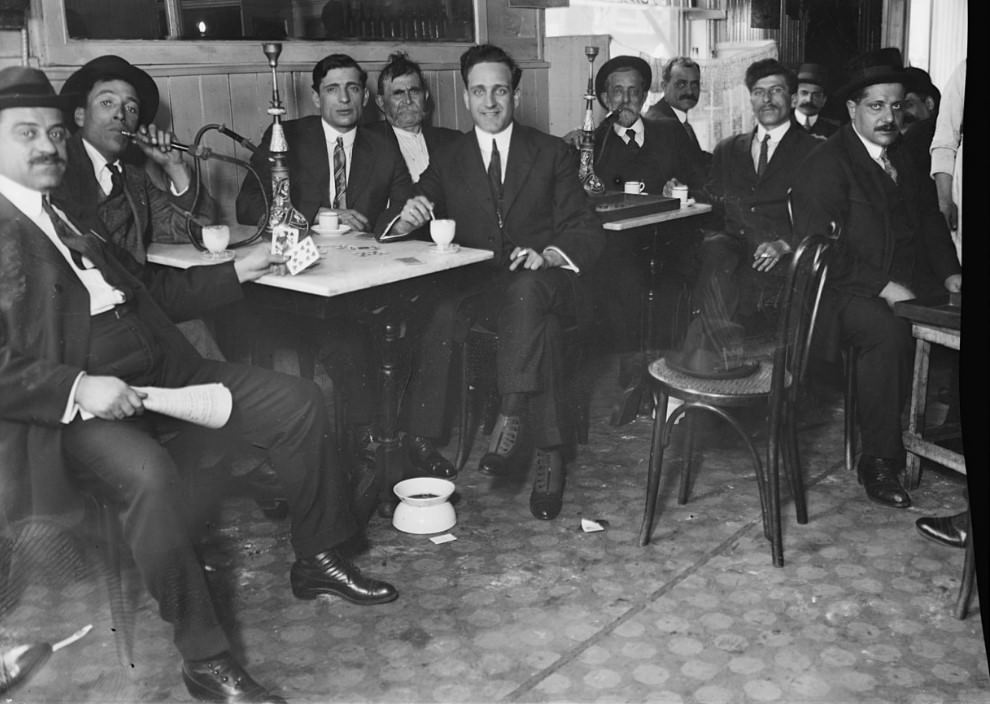
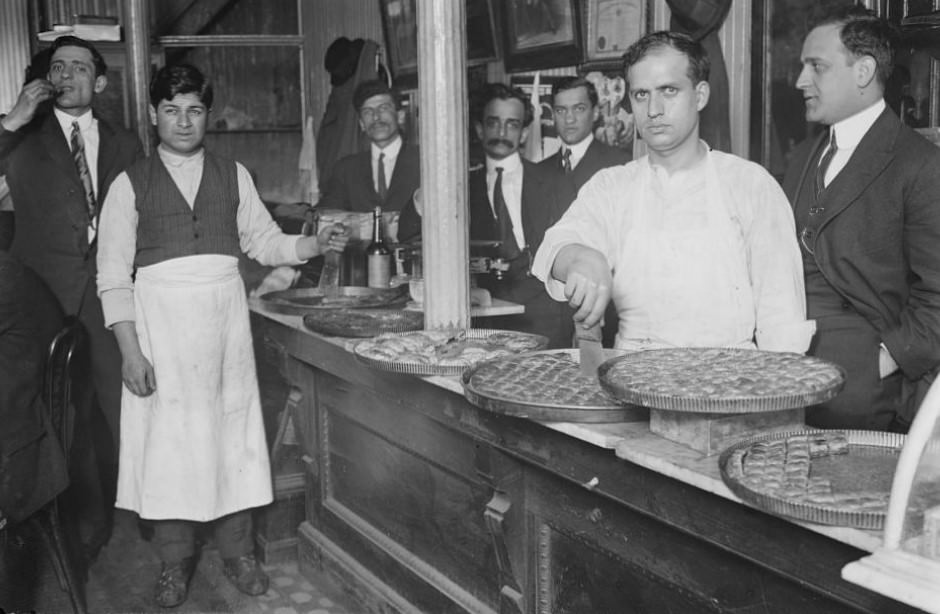
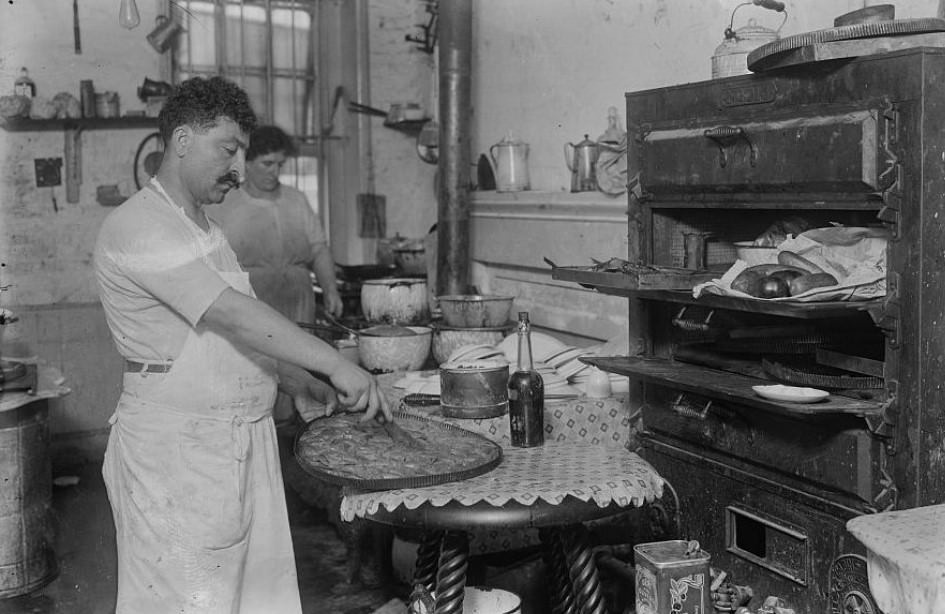
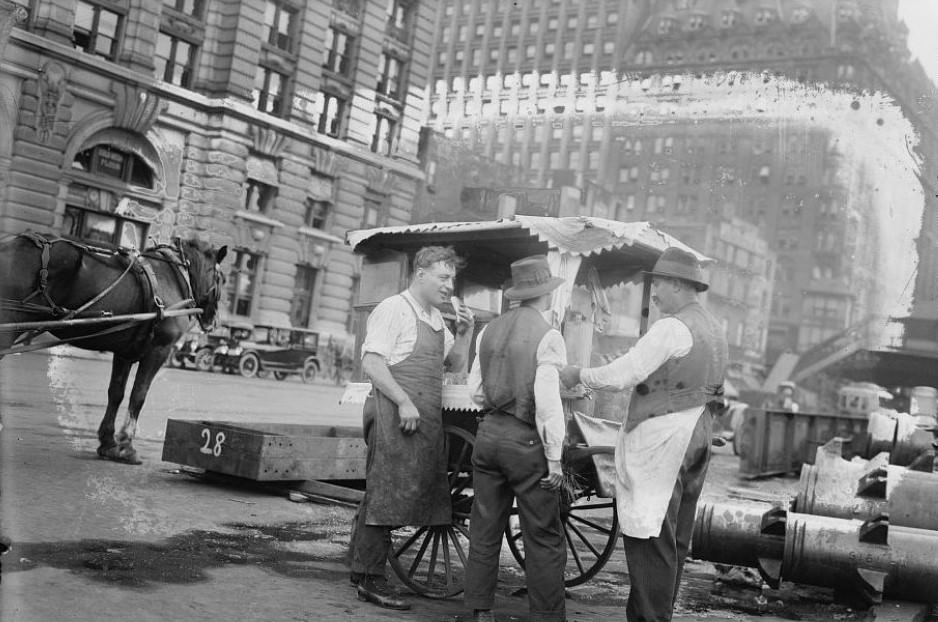
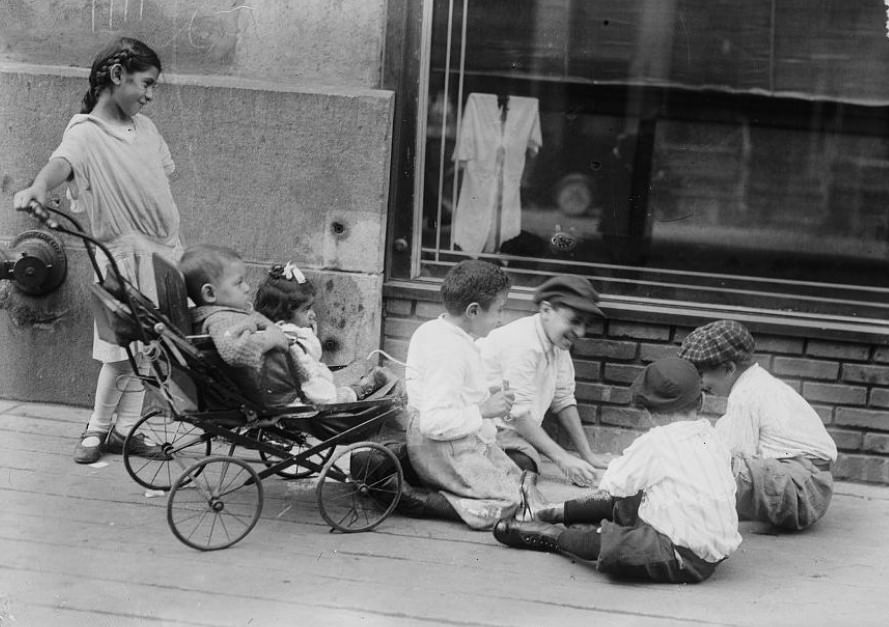
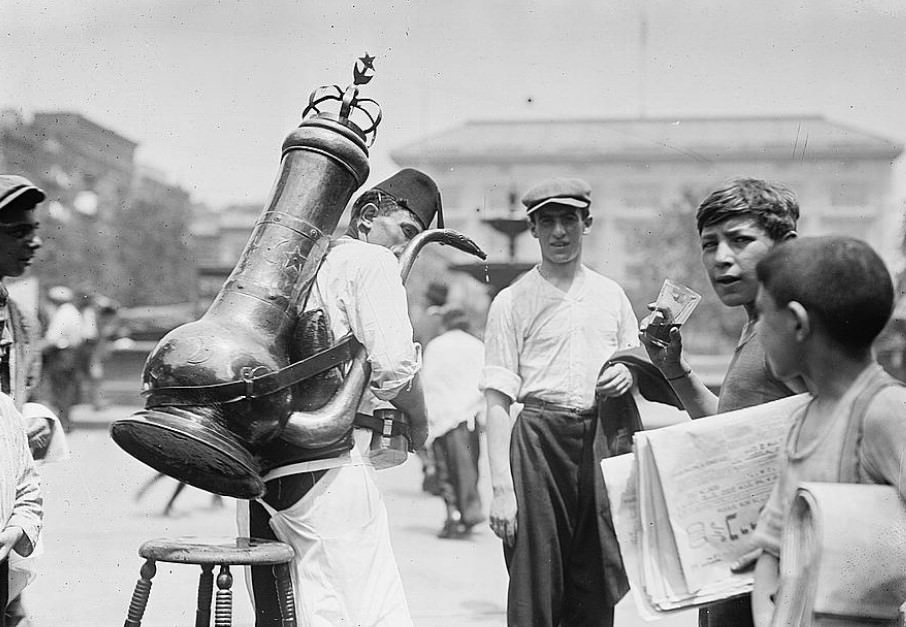
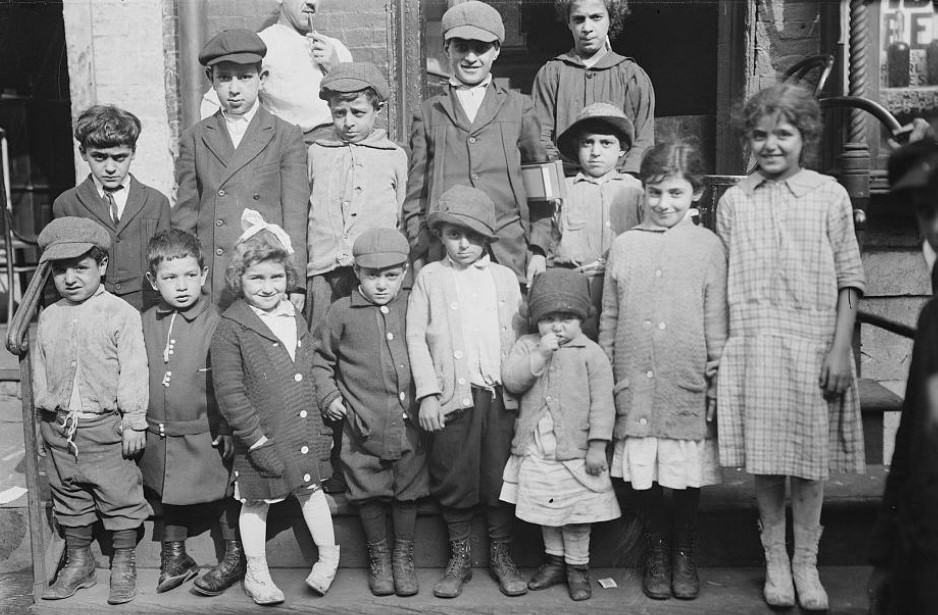
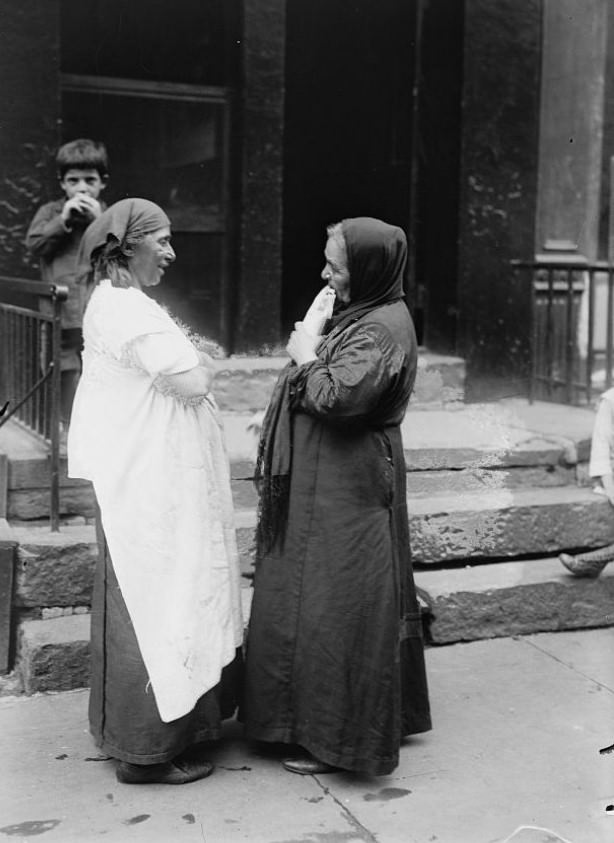
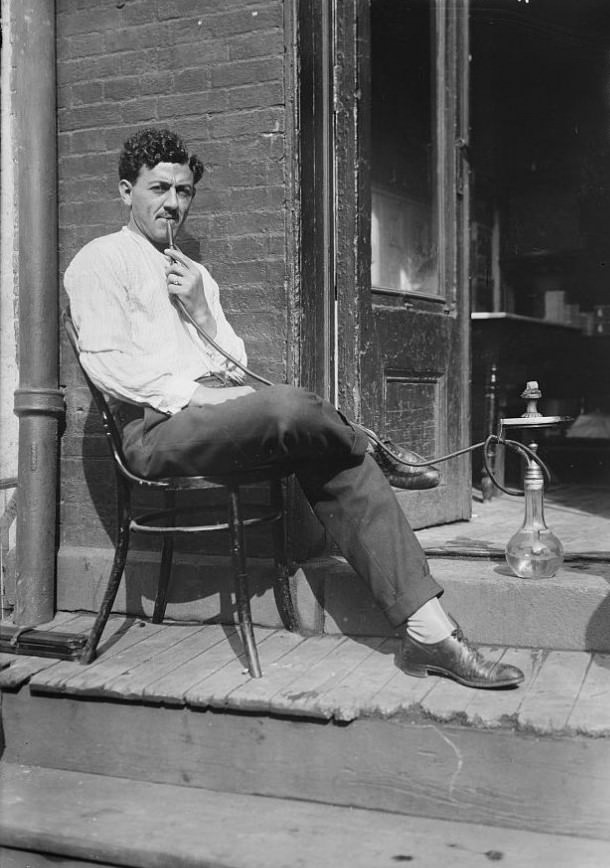
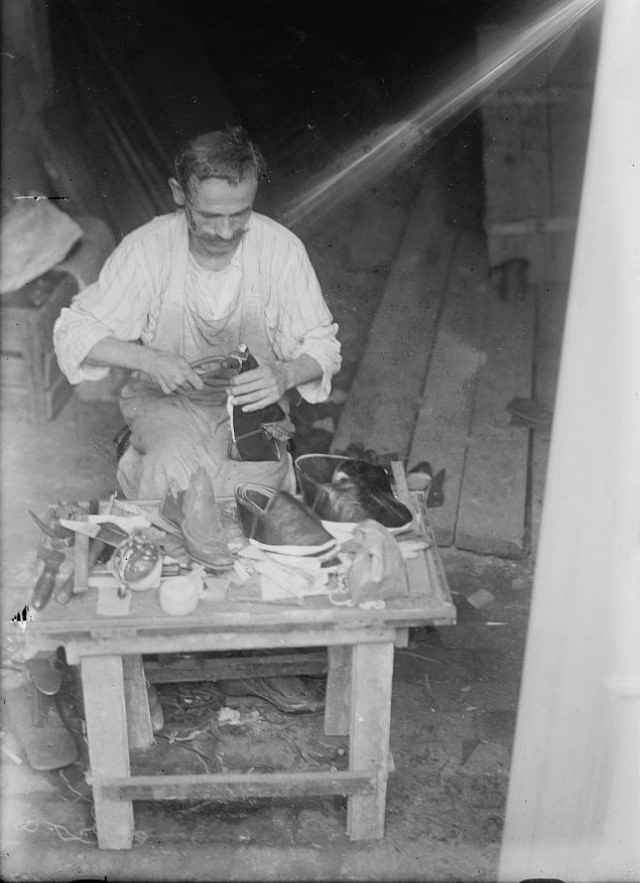

GIPHY App Key not set. Please check settings